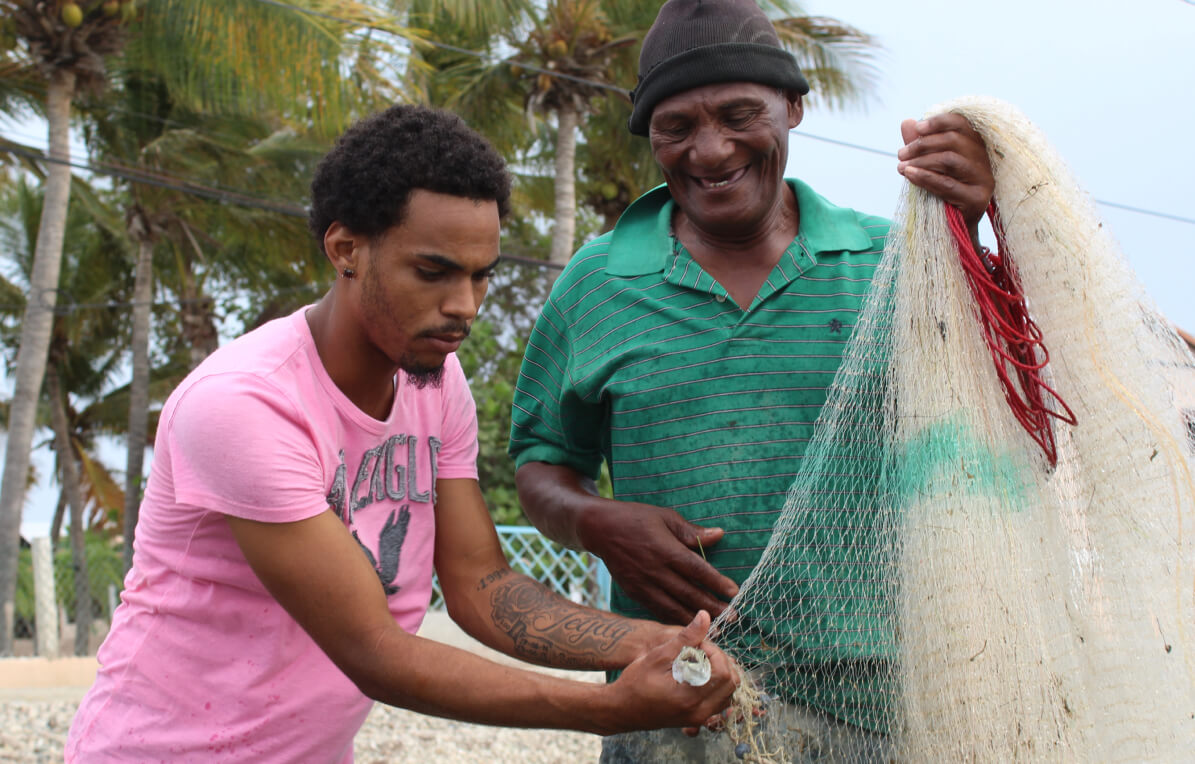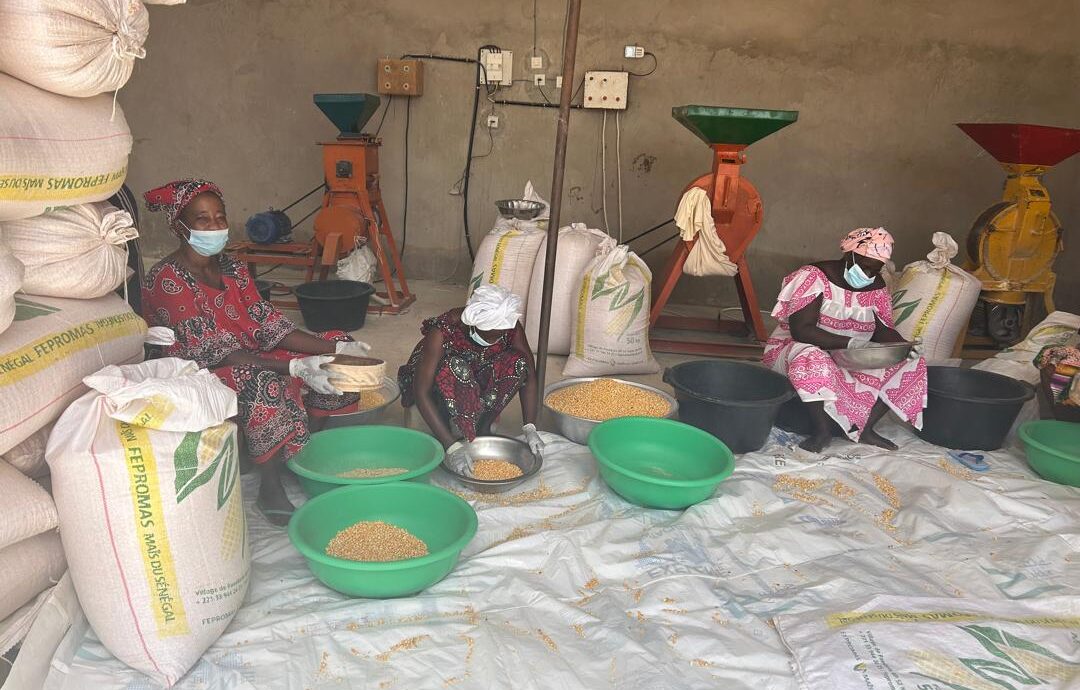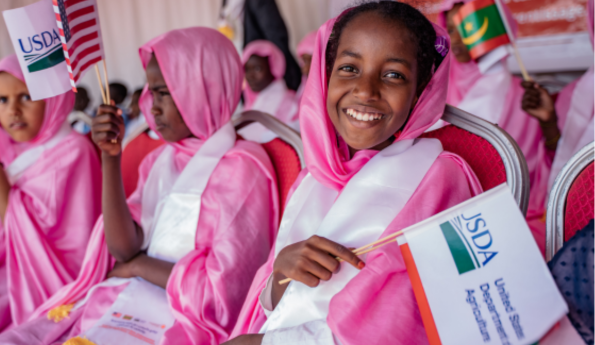For thousands of years, mung beans have been a staple in Asian diets across the continent, from India, to China to Thailand. Mung beans are packed with vitamins and minerals and are an excellent source of protein and fiber. Now, the nutritious bean plant has found its way thousands of miles west to Senegal, to the Sahel region of Africa through an innovative collaboration that combats hunger and fosters sustainability.
Mung beans were introduced in Senegal through the USAID-funded Education and Research in Agriculture (ERA) Project, implemented by Virginia Tech. Seeing the success of mung bean introduction (both in growing and consumption behaviors), Counterpart International, which implements USDA McGovern-Dole International Food for Education and Child Nutrition Program in Senegal, identified an opportunity to incorporate Virginia Tech’s mung bean project to benefit our school feeding programming in the St. Louis region of Senegal.
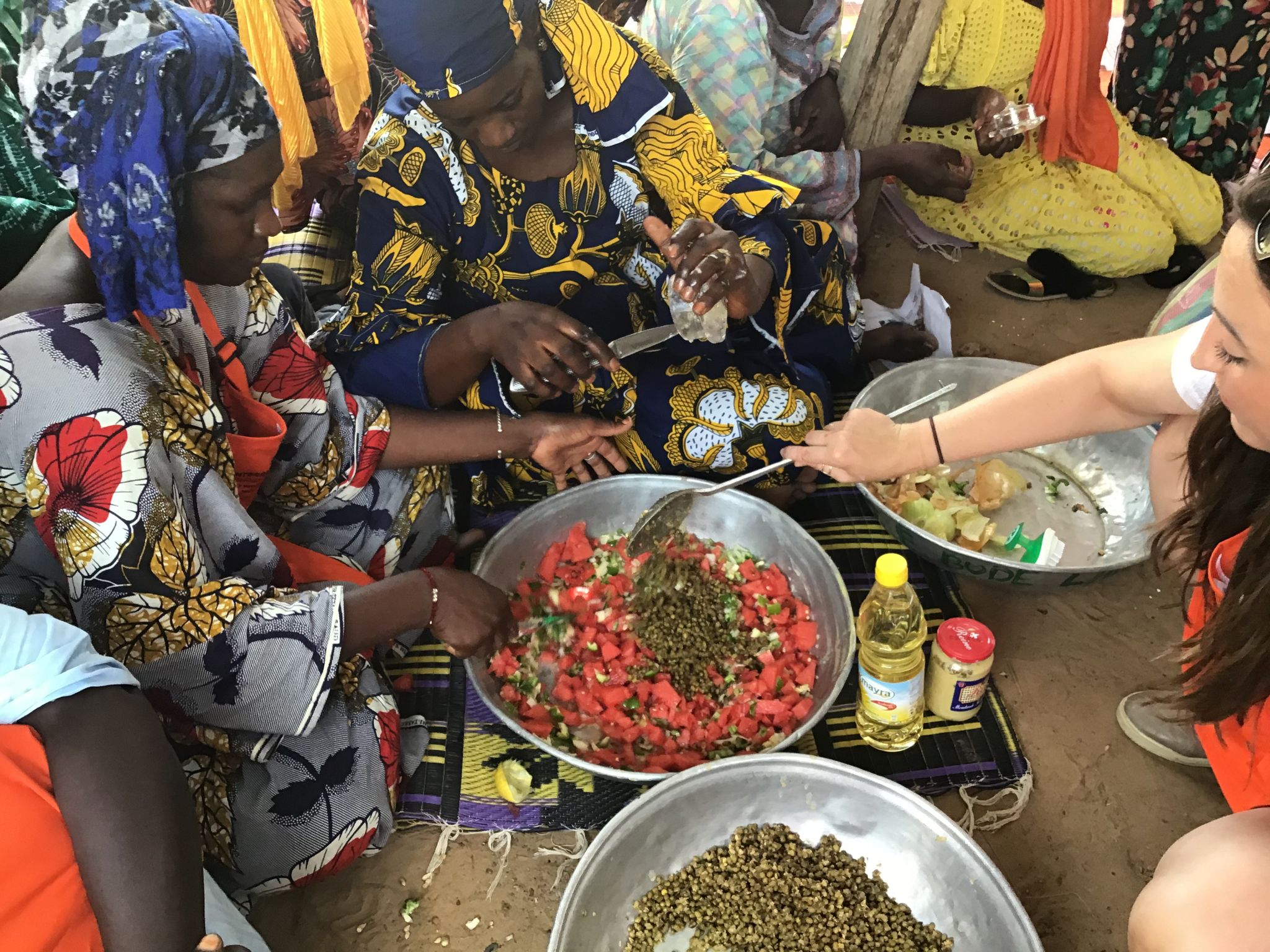
Mung beans prepared for a meal in Senegal.
Through USDA funding, Counterpart collaborated with Virginia Tech to expand the mung bean project to the Kolda and Seidhou regions of Casamance, sowing the seeds for innovation.
“Virginia Tech brought soil scientists to Senegal who did soil analysis of all mung bean fields and indicated what actions were needed. Nutrition experts came from the Virginia Cooperative Extension, who are still coming to train school teachers on experiential learning methods,” said Youssoupha Gueye, a program manager for Counterpart’s team in Senegal. “This program is very integrated, beginning from soil to food preparation.”
While mung beans are included as commodities in the McGovern-Dole school feeding program, they remain in the early stages of wider market consumption, but that is changing. Gueye, along with Dr. Ozzie Abaye, a professor of agronomy at Virginia Tech, have visited schools and communities to identify potential mung bean growers.
The challenge, Gueye said, has been getting local populations interested in mung beans. Gueye, however, sees the interest gaining traction. “Mung beans are a new plant for Senegal and the quantities are not yet high enough to create a market interest,” he said. “However, in Saint Louis, the people of Thiewle, a village in Podor, tested the marketing of seeds because many people heard of mung beans and wanted to get the seeds.”
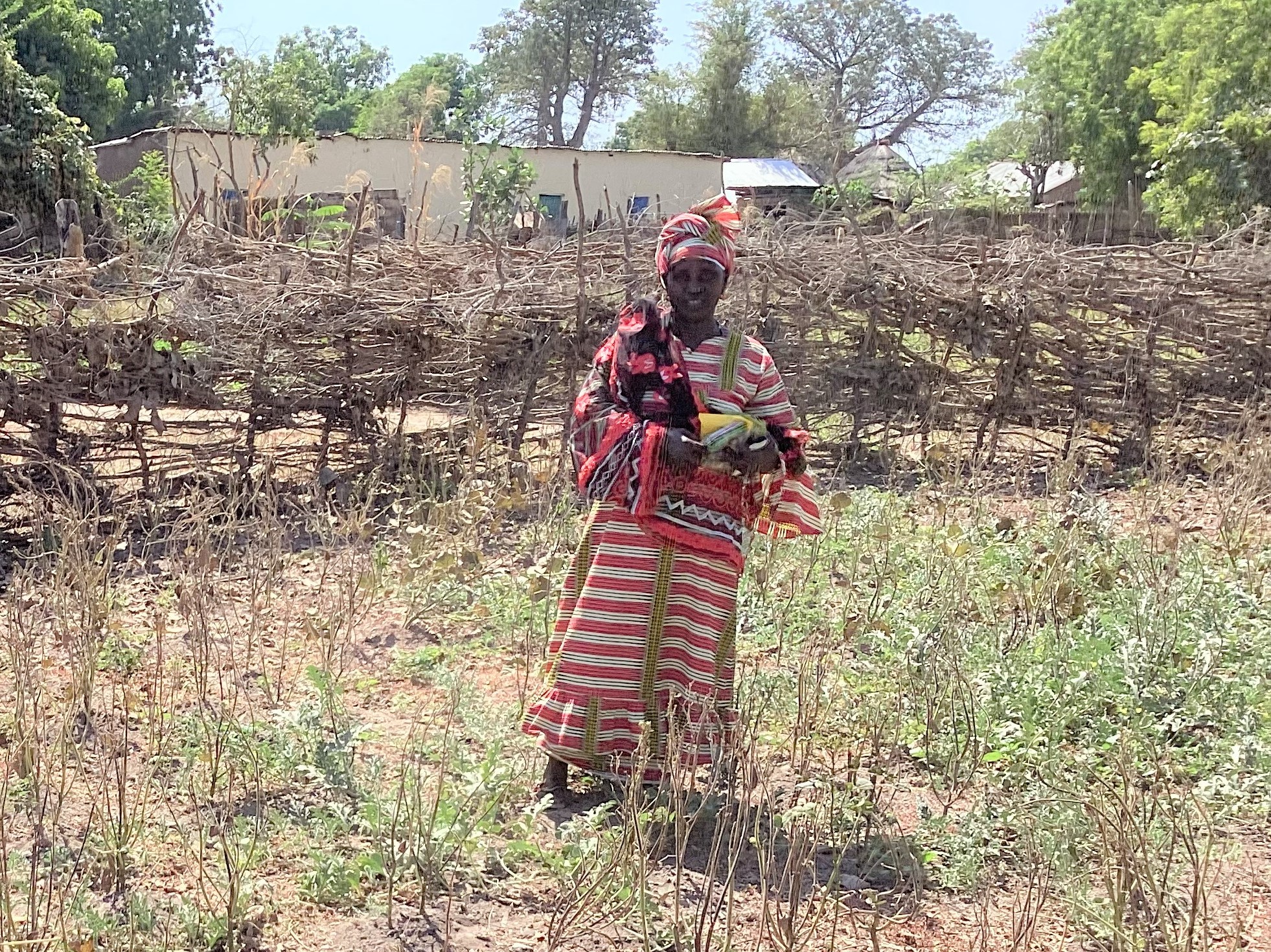
Bineta Cane, president of the women’s group, in her mung bean garden.
Gueye and Abaye found a group of women in the village of Kanel who produced approximately 110 pounds of mung bean from 200-300 grams of seed. The women have developed their own techniques to growing the seeds. One of the women said, “when the plants started lodging due to excessive moisture, [we] kept the plants erect by building up the soil around the plant.”
The women farmers also planted the seeds in fields adjacent to their homes, which meant they were able to monitor the them more closely. The women’s actions demonstrate their sense of ownership. Counterpart and Virginia Tech will continue to introduce and integrate mung bean in the school communities participating in the McGovern-Dole programming.
To read more about our USDA McGovern-Dole programs, click here.


